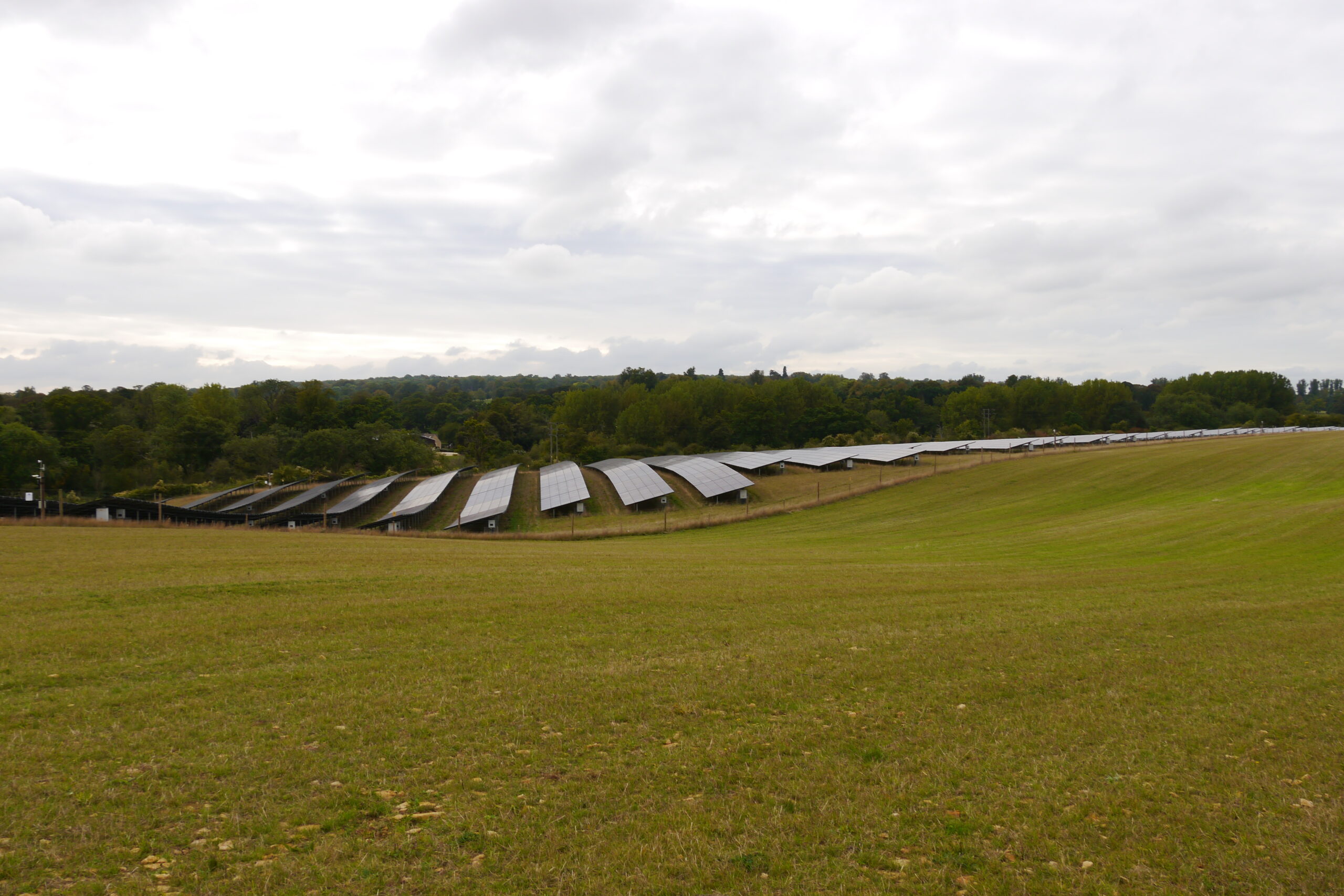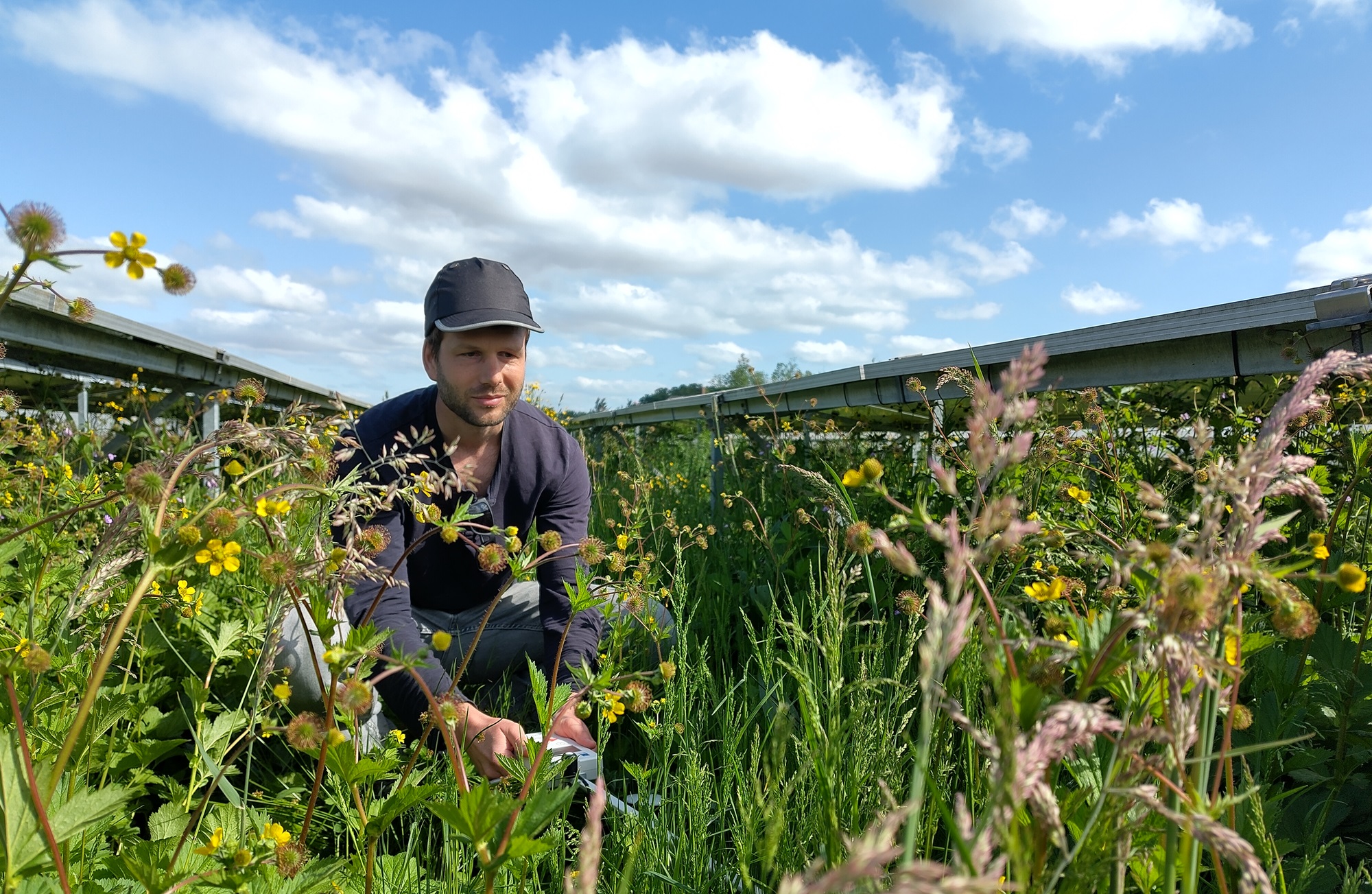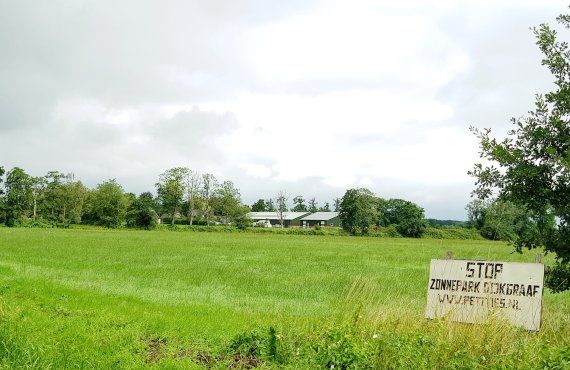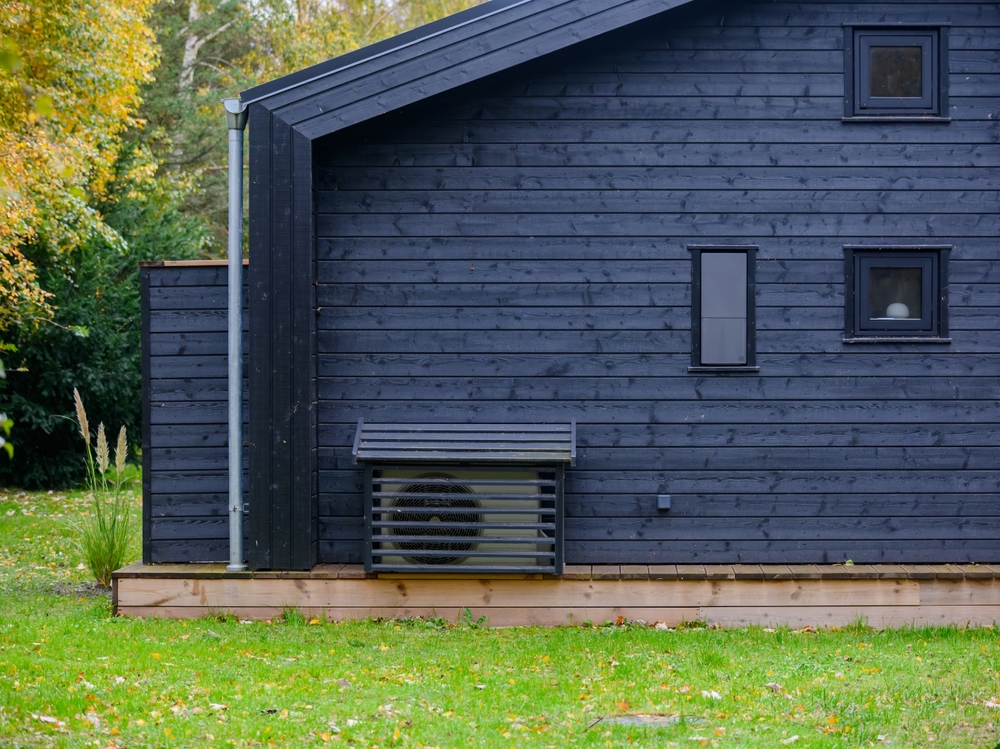To date, solar parks are approached from a quantitative perspective in the Netherlands, says Wageningen landscape architect Dirk Oudes. As a result of the climate agreement, we require some 35 billion kilowatt-hour in sustainable energy by 2030, which means creating between 34,000 and 65,000 hectares of solar parks, say Dutch power grid managers. Thirty energy regions in the Netherlands plan how to achieve this goal, but there is a shortage of space.
It is time to consider solar parks from a quality perspective, says Oudes. How do they fit in with the landscape? How do we experience such a park? What functions -for example, agriculture, water storage, recreation and nature- can be linked to generating energy? To this end, he studied eleven solar parks in the Netherlands, England, Germany and Italy, with colleague Sven Stremke. The solar parks they studied all included the landscape, wishes of the local inhabitants and these purposes in a creative way. ‘These examples may help us discuss options for the Netherlands, instead of only focussing on energy production and nuisance.’
Near Oxford, England, a solar park has been constructed in a protected landscape, of which 40% is designated for solar panels and 60% for nature. The designers placed the panels in such a way they blend into the undulating landscape. They were assisted by one hundred volunteers from a neighbouring village, who stood in different spots in the park as a group with raised umbrellas to be photographed so that the designers could assess where the panels would be the least visible. ‘This is a great approach, as it allows you to involve local inhabitants in designing a solar park from a landscape perspective’, Oudes says.
Horticulture
Much research is currently conducted on the impact of solar parks on water and horticultural areas. An option that may be interesting for the Netherlands is to combine solar panels with the cultivation of soft fruits, such as strawberries and raspberries. The panels protect the fruit from hail, although the fruit will have slightly less sunlight, and the yield will be somewhat lower. Still, Oudes feels this could be an excellent combination in horticultural areas.
What option is best depends on the location, says the landscape architect. ‘You must always consider: what fits best in this landscape?’ The eleven examples Oudes published in Renewable and Sustainable Energy Reviews provide a point of departure. ‘By answering this question first, and only then considering technology and efficiency, you can stay ahead of societal opposition to solar parks.’

 Southill Solar in England, where solar panels are adapted to the landscape. Photo Dirk Oudes
Southill Solar in England, where solar panels are adapted to the landscape. Photo Dirk Oudes 

